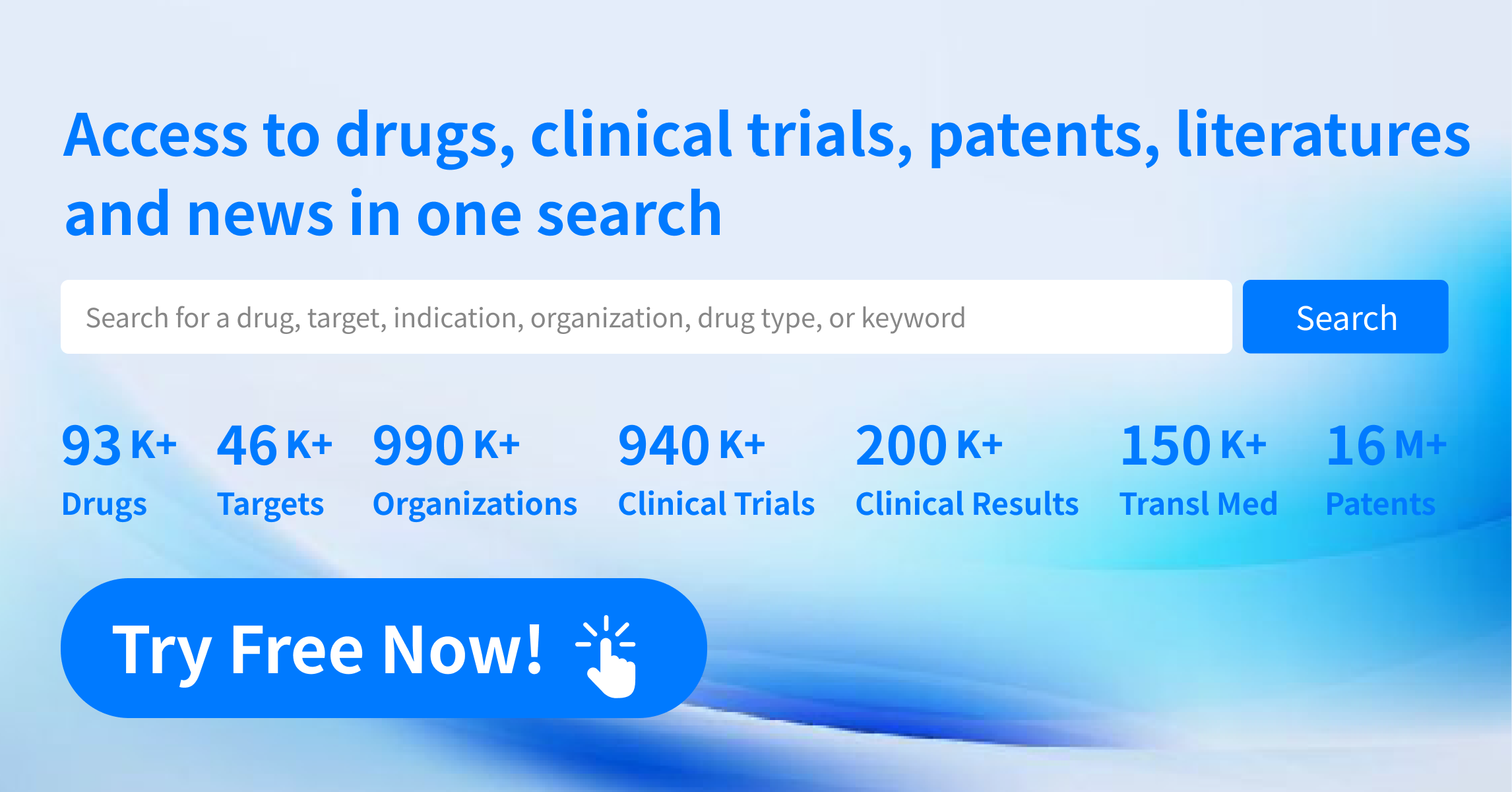Hengrui's JAK1 Inhibitor Ivarmacitinib Receives Approval for New Indication Application
Recently, the application for a new indication for Hengrui Medicine's Ivarmacitinib sulfate tablets has been accepted by the CDE for use in adult patients with severe alopecia areata.
About Ivarmacitinib
Ivarmacitinib is a second-generation JAK inhibitor that exerts anti-inflammatory and immunosuppressive biological effects by inhibiting JAK1 signaling. The drug features high selectivity, efficacy, and an extended plasma half-life, which enhances the therapeutic window. In January 2018, Hengrui reached an agreement with Arcutis to license the Ivarmacitinib project for treating immune system diseases; Arcutis obtained exclusive rights for the clinical development, registration, and marketing of Ivarmacitinib in the USA, EU, and Japan. Hengrui could receive up to $223 million in upfront and milestone payments, plus sales royalties. Currently, Ivarmacitinib has initiated multiple clinical studies in various fields, including ulcerative colitis and psoriatic arthritis, with most progressing to Phase III clinical trials. It has already submitted marketing applications for indications such as atopic dermatitis, ankylosing spondylitis, and rheumatoid arthritis. In June 2024, a Phase III randomized, double-blind, placebo-controlled study assessing the efficacy and safety of Ivarmacitinib sulfate tablets in adult patients with severe alopecia areata showed significant superiority of Ivarmacitinib over placebo in both 8mg and 4mg dose groups, demonstrating good long-term treatment safety and efficacy in patients with severe alopecia areata, without new safety signals compared to other JAK1 inhibitors.
About JAK Inhibitors
The Janus kinase (JAK) family comprises non-receptor tyrosine kinases that are intimately associated with cytokine receptors, including four members: JAK1, JAK2, JAK3, and TYK2. JAKs are critical sensors for various cytokines and interferons. Upon cytokine binding to cell surface receptors, JAKs are activated, facilitating transmembrane phosphorylation, which in turn phosphorylates downstream signaling and transcription activation factors (STAT), forming dimers (pSTAT). pSTAT moves into the nucleus to bind with specific promoters and enhance gene expression.
As selective inhibitors of JAK kinases, JAK inhibitors can regulate inflammatory signaling pathways, providing anti-inflammatory and immunoregulatory effects, thus treating autoimmune diseases.
Several JAK inhibitors have been approved globally, with a continuously growing market. Key products include Novartis/Incyte’s Ruxolitinib, Pfizer’s Tofacitinib, Eli Lilly’s Baricitinib, and AbbVie’s Upadacitinib.
The JAK inhibitor market in China started later, with approvals for Ruxolitinib and Tofacitinib in 2017 and Baricitinib in 2019. In June 2024, Dizal Pharma's Golidocitinib was approved by the NMPA for adult patients with relapsed or refractory peripheral T-cell lymphoma (r/r PTCL) who have undergone at least one line of systemic therapy, marking it as the first and only highly selective JAK1 inhibitor globally for the lymphoma field. According to incomplete statistics, there are currently about a hundred JAK drugs under research in China, with several in Phase III or beyond. Since 2022, several new JAK inhibitor products (Upadacitinib, Abrocitinib, Deucravacitinib, Ritlecitinib) have been approved one after another. The market is expected to experience accelerated growth, with Frost & Sullivan projecting that the Chinese JAK1 inhibitor market could grow to 48.1 billion yuan by 2030.
About Alopecia Areata
Alopecia Areata (AA) is a typical autoimmune disease, commonly believed to result from the destruction of hair follicle cells, either due to cytokines secreted by cytotoxic T cells (Tc cells) or directly through cellular damage in an inflammatory environment mediated by mononuclear cells. Clinically, AA can vary in severity and is categorized into patchy, reticular, ophiasis, central, diffuse, total, and universal alopecia. Among these, patchy alopecia represents the mildest form and is the easiest to recover from. Total alopecia involves the loss of all hair on the scalp, while the most severe, universal alopecia, results in the loss of all body hair. Approximately half of the patients experience recurrent episodes, which can persist for several years or even decades.
The global prevalence of AA is about 0.1%, with a lifetime risk of 2%; according to an article published in the International Journal of Dermatology, there are around 147 million people worldwide suffering from AA. Epidemiological studies suggest that the prevalence in China is 0.27%; Frost & Sullivan estimated that in 2020 there were approximately 3.812 million people with AA in China, expected to rise to 4.649 million by 2030.
Treatment approaches for AA include general treatment, topical therapies, and systemic therapies. Topical treatments include corticosteroids, local immunotherapy, minoxidil, calcineurin inhibitors, and prostaglandin analogs. Systemic treatment primarily involves systemic corticosteroids, with immunosuppressants such as cyclosporine being used as non-first-line medications. According to the "Chinese Guidelines for Diagnosis and Treatment of Alopecia Areata (2019)", the clinical therapies for AA mainly divide into topical and systemic treatment, predominantly utilizing corticosteroids and broad-spectrum immunosuppressants; however, there is a lack of effective targeted medications, resulting in generally poor therapeutic outcomes.
Regarding the development of JAK inhibitors, the first used was the fungal extract Tofacitinib, followed by Ruxolitinib, which was developed based on Tofacitinib, and Baricitinib, which has a similar structure to Ruxolitinib. Regarding AA treatments, the only approved medication includes Baricitinib and Ritlecitinib. Besides Ivarmacitinib, Zelgen's Jaktinib reached its Phase III primary endpoint in June 2024 for alopecia areata; AbbVie's Upadacitinib is in Phase III clinical trials. According to statistics, the global market size for AA reached USD $7.1 billion in 2021. Frost & Sullivan projects that the hair loss market in China will reach RMB 41.2 billion by 2026, with an annual compound growth rate of nearly 12%.
About Hengrui Pharmaceuticals
Last month, Hengrui Pharmaceuticals announced its performance for the first half of 2024: the company achieved a revenue of 13.601 billion yuan, a year-on-year increase of 21.78%. Of this, income from innovative drugs reached 6.612 billion yuan, marking a 33.25% increase compared to the previous year, with licensing income amounting to 160 million euros. In 2024 H1, the net profit attributable to shareholders of the listed company was 3.432 billion yuan, up 48.67% year-on-year; the net profit attributable to shareholders of the listed company, excluding non-recurring gains and losses, was 3.490 billion yuan, a 55.58% increase year-on-year.
Since the implementation of centralized procurement in 2021, the company’s semi-annual revenue has never exceeded the peak of 13.3 billion yuan in 2021; this exceptional performance indicates that the company has finally overcome the impact of centralized procurement and re-entered a high growth trajectory.
The company continues to refine its established platforms including mature chemical medicines (including peptides, PROTAC), mono/dual antibody drugs, ADCs, small nucleic acids, nuclear medicine, multispecific antibodies, and dual-antibody ADC platforms. Moreover, it has started to build new molecular platforms such as PDC, AOC, DAC, mRNA, and continues to develop platforms in structural biology and AI drug research. Currently, a total of 18 innovative drugs and indications are in the NDA phase, with over 10 ADC pipeline products in research.
In addition, the company’s efforts in taking innovative drugs international have been fruitful, becoming the second engine of revenue growth. To date, Hengrui has authorized 11 innovative drug projects internationally, with a total overseas amount of 10.35 billion USD and an upfront payment of 315 million USD.
How to obtain the latest research advancements in the field of biopharmaceuticals?
In the Synapse database, you can keep abreast of the latest research and development advances in drugs, targets, indications, organizations, etc., anywhere and anytime, on a daily or weekly basis. Click on the image below to embark on a brand new journey of drug discovery!




